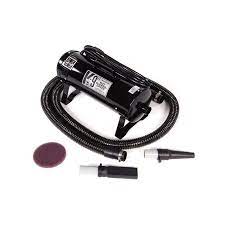Ethereum has gotten the globe by hurricane for an progressive blockchain program that enables builders to develop decentralized software (dApps) and implement smart contracts. Even so, to completely influence the vast prospective of Ethereum, one should be aware of the complexities of node operation. In this thorough guide, we will take you step-by-step through all that you should understand about learning Ethereum node operation.
Comprehending Ethereum Nodes:
Nodes are necessary components in an ethreum node group while they permit transactions to become confirmed and refined in the decentralized trend. A node can be defined as a customer software program that goes an Ethereum whole node, which stores the complete blockchain condition, functions purchases and propagates disables with other nodes within the system.
Creating an Ethereum Node:
To set up an Ethereum node, you have to install the relevant software like Geth or Parity, which can be preferred Ethereum customer implementations. After putting in the buyer application, you must connect to an Ethereum system through either the command range or via a graphical interface. It is essential to make sure that your node’s application model is updated to prevent any vulnerabilities or bugs.
Controlling Your Ethereum Node:
Dealing with your Ethereum node needs you know how you can enhance its performance, monitor its health, and maintain it safe. To improve the efficiency of the node, it is possible to modify the fuel value, which determines how fast a deal might be refined. You should also monitor the memory usage and safe-keeping ability of your respective node periodically to make sure that it runs effortlessly. To maintain your node protect, it is recommended to use robust passwords, steer clear of running your node because the cause customer, and constantly maintain your computer software up-to-date.
Syncing Your Ethereum Node:
To maintain your Ethereum node current, it is essential to sync it using the most recent chain changes, which can be attained through various strategies like syncing through gentle consumers, syncing through records or syncing through peers. When your node falls behind in syncing, it can lead to lowered functionality, and you might neglect new prohibit dealings included in the sequence. Consequently, it is important to keep your node in sync on a regular basis.
Trouble shooting Ethereum Node Troubles:
Despite your best endeavours to preserve your Ethereum node, problems may occur, which might make it malfunction or are unsuccessful. A number of the popular problems that could arise involve connection concerns, software program pests, configurations issues, or components failing. To troubleshoot these complaints, you should check the logs data files, identify the network, or search for aid from the Ethereum group or help group.
brief:
Understanding Ethereum node operations is a vital skill that any crypto fan or developer must have. With all the expanding demand for Ethereum, finding out how to set up, handle, sync, and troubleshoot your Ethereum node is important to optimize the possibility of the foundation. Following the information and guidelines we’ve discussed inside our thorough manual, you are able to get your Ethereum node operations skills to a higher level and stay positive about leading to the Ethereum system.


